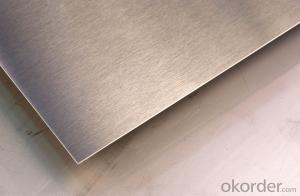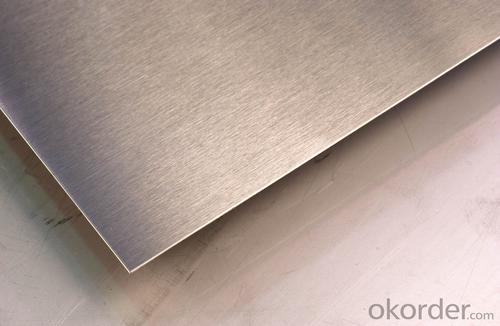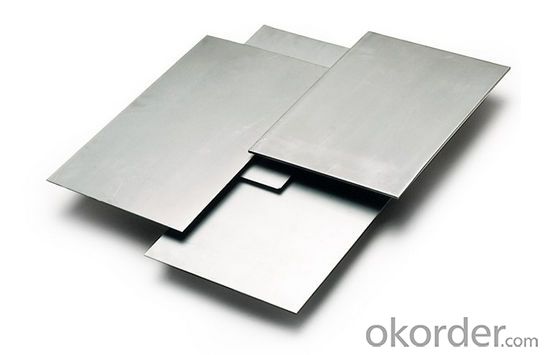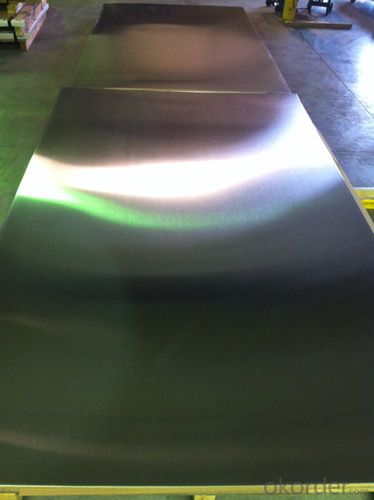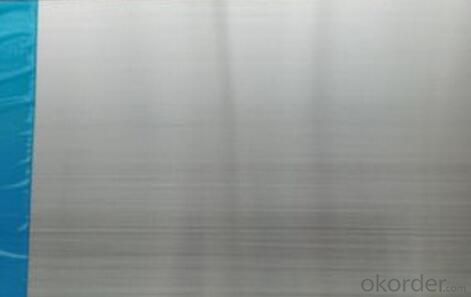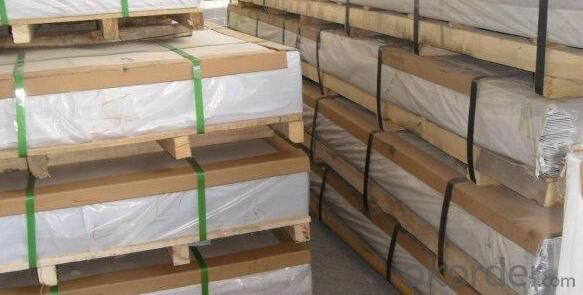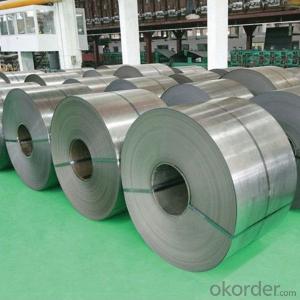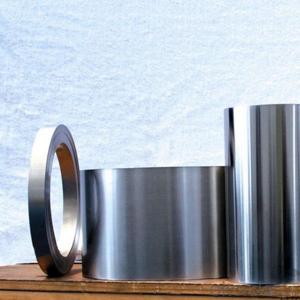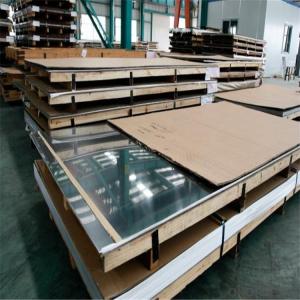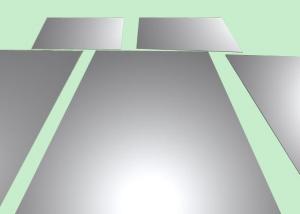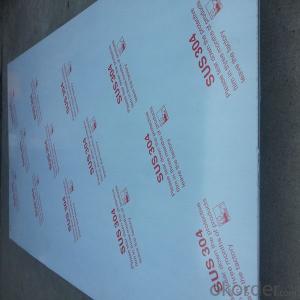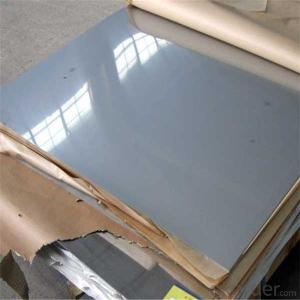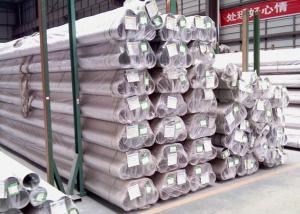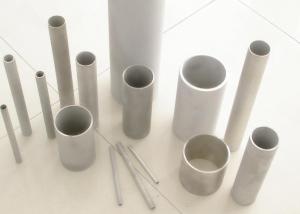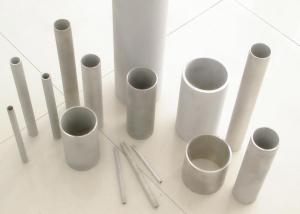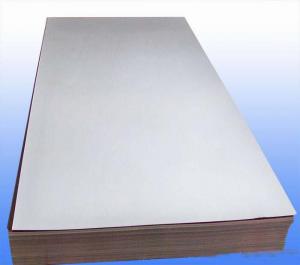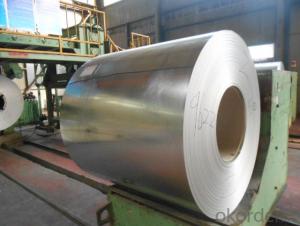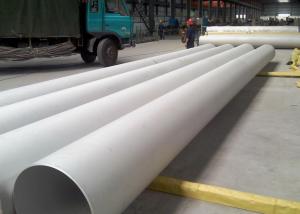ASTM A240 A480 SS 201 304 316 430AISI Hot Rolled Stainless Steel Sheet
- Loading Port:
- Shanghai
- Payment Terms:
- TT OR LC
- Min Order Qty:
- 1 m.t.
- Supply Capability:
- 20000 m.t./month
OKorder Service Pledge
OKorder Financial Service
You Might Also Like
Specification
ASTM A240 A480 SS 201 304 316 430AISI Hot Rolled Stainless Steel Sheet
Packaging Details:Wooden pallets,water proof paper-20'GP or 40'GP for stainless steel sheet.
Delivery Detail:within 5-7 days after receiving the deposit
1. Specifications about stainless steel sheet
Commodity | Professional 430 201 202 304 304l 316 316l 321 310s 309s 904l stainless steel sheet |
Grade | 201,202,304,304L,316,316L,310S,309S,321,301,310,410,420,430,904L |
Brand | TISCO ,BAOSTEEL,POSCO,JISCO,LISCO |
Certification | SGS,BV,IQI,TUV,ISO,etc |
Thickness | 0.2mm-150mm |
Width | 1000,1219,1250,1500mm, or as your requirements |
Length | 2000,2438,2500,3000,6000mm, or as your requirements |
Surface | No.1, 2B, BA, 8K Mirror, Hairline,satin, Embossed,brush,No.4,HL,matt,pvc film,laser film. |
Standard | ASTM,AISI,SUS,JIS,EN,DIN,GB, ASME,etc |
Delivery time | 5-7 days after confirming the order |
MOQ | 1 Ton |
Advantages | Showing the splendor of your quality, wearresistant as well , strong corrosion resistance and decorative effect, durable and beautiful in good taste. |
2.Production Flow about stainless steel sheet
Raw materials are sending to hot rolling units for rolling into different sizes
Hot rolled material is annealing in cold; rolled annealing furnace and pickling in acid.
All mill rolls are grinded on precision grinding machine with proper chamfering after first shiftoperation.
All sheets are pickled in different tanks and dried on brush roll machine before dispatched.
These sheets are again annealing and are sent to straighten machine for straightening.
Inspections are done at various stages. Keep proper control overall internal process via rolling,annealin and pickling by our experienced staff.
3.Surface--stainless steel sheet
| Surface Finish | Definition | Application |
| 2B | Those finished, after cold rolling, by heat treatment, pickling or other equivalent treatment and lastly by cold rolling to given appropriate luster. | Medical equipment, Food industry, Construction material, Kitchen utensils. |
BA/8K mirror | Those processed with bright heat treatment after cold rolling. | Kitchen utensils, Electric equipment, Building construction. |
| NO.3 | Those finished by polishing with No.100 to No.120 abrasives specified in JIS R6001. | Kitchen utensils, Building construction. |
| NO.4 | Those finished by polishing with No.150 to No.180 abrasives specified in JIS R6001. | Kitchen utensils, Building construction, Medical equipment. |
| Hairline | Those finished polishing so as to give continuous polishing streaks by using abrasive of suitable grain size. | Building Construction. |
| NO.1 | The surface finished by heat treatment and pickling or processes corresponding there to after hot rolling. | Chemical tank, pipe. |
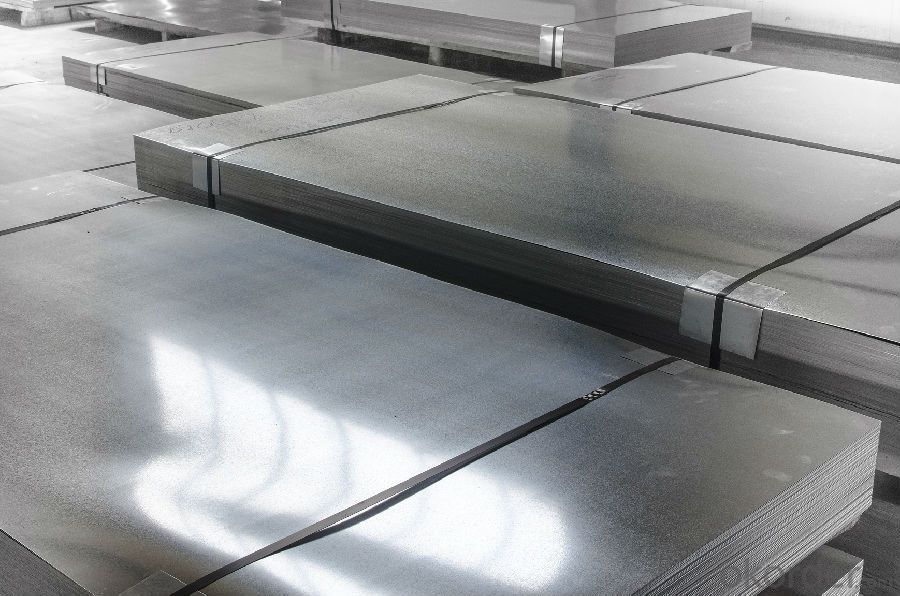
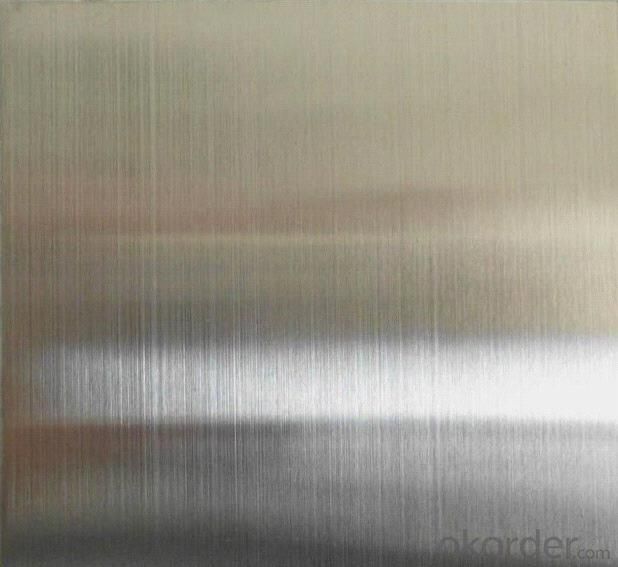
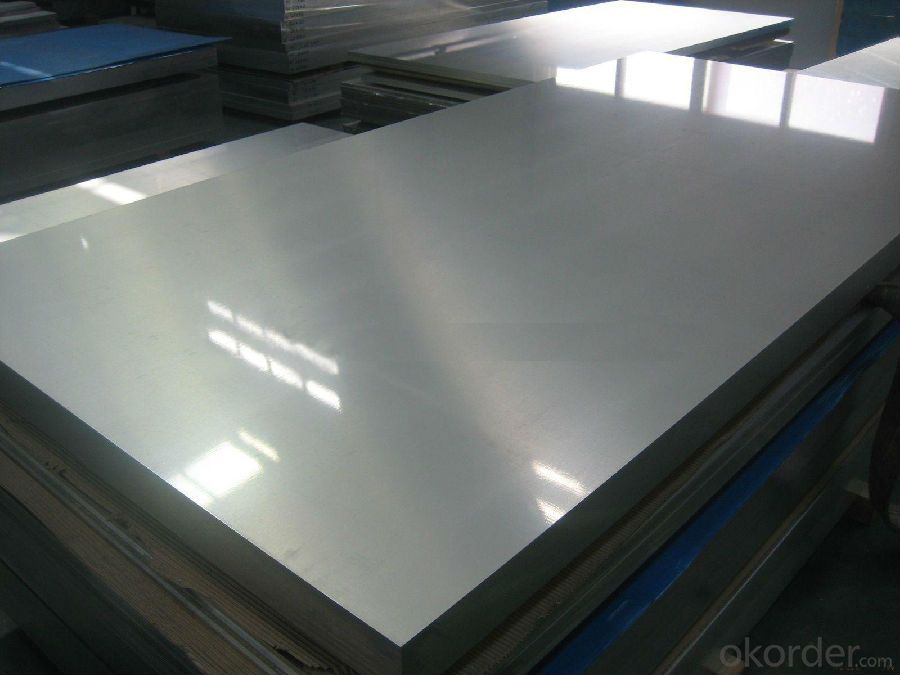
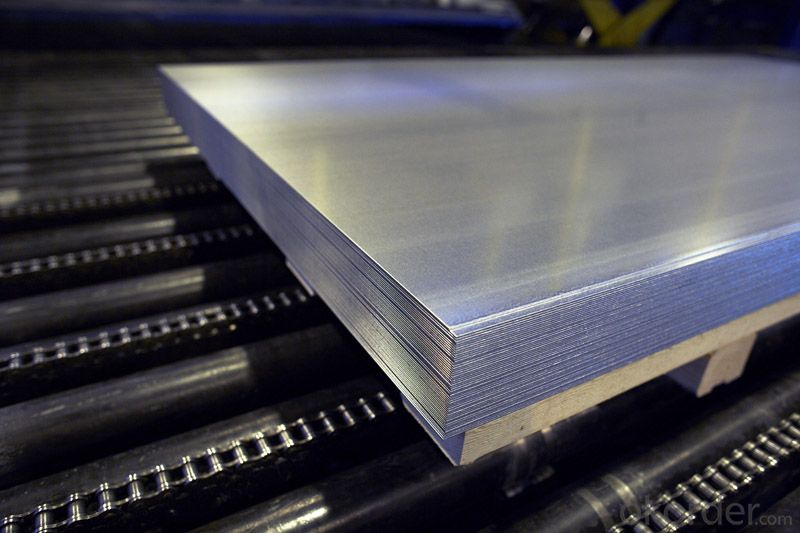
- Q: What is the coefficient of expansion of stainless steel sheets?
- The coefficient of expansion of stainless steel sheets can vary depending on the specific grade or alloy of stainless steel being used. However, in general, stainless steel has a coefficient of expansion ranging from 10.8 to 16.3 x 10^-6 per degree Celsius. This means that for every degree Celsius increase in temperature, stainless steel sheets will expand by approximately 10.8 to 16.3 millionths of their original length. It is important to note that different grades of stainless steel may have slightly different coefficients of expansion, so it is always recommended to consult the manufacturer or specific material specifications for accurate information.
- Q: Are stainless steel sheets suitable for welding or fabrication?
- Yes, stainless steel sheets are suitable for welding and fabrication. Stainless steel has excellent weldability, which means it can be easily fused together using various welding techniques such as TIG (Tungsten Inert Gas) or MIG (Metal Inert Gas) welding. It also has good formability, allowing it to be easily shaped and fabricated into different structures or components. Additionally, stainless steel sheets offer high strength and corrosion resistance, making them a popular choice in industries such as construction, automotive, and manufacturing. Overall, stainless steel sheets are a versatile and reliable material for welding and fabrication applications.
- Q: What are stainless steel sheets used for?
- Stainless steel sheets are used for a variety of applications across various industries. Due to their excellent corrosion resistance, durability, and aesthetic appeal, these sheets are widely utilized in both commercial and residential settings. In the construction industry, stainless steel sheets are used for roofing, cladding, and facades, as they can withstand harsh environmental conditions and provide a modern, sleek appearance. In the automotive industry, they are commonly used for manufacturing car bodies, exhaust systems, and decorative trims. Moreover, stainless steel sheets find extensive use in the food and beverage industry, where their hygienic properties make them suitable for kitchen equipment, countertops, and food processing machinery. Additionally, these sheets are employed in medical equipment, pharmaceuticals, and laboratory settings due to their resistance to corrosion and easy cleanability. Other applications include furniture, appliances, signage, and decorative purposes, as stainless steel sheets can be easily customized and formed into various shapes and sizes. Overall, stainless steel sheets are a versatile material that meets a wide range of needs across different industries, thanks to their durability, strength, and corrosion resistance properties.
- Q: How do you remove stains or marks from stainless steel sheets?
- To remove stains or marks from stainless steel sheets, you can follow these steps: 1. Start by identifying the type of stain or mark on the stainless steel sheet. Common stains include water spots, fingerprints, grease, or rust. 2. For general cleaning, use a soft cloth or sponge soaked in warm water and mild dish soap. Gently wipe the stainless steel surface, following the grain to avoid scratching. Rinse thoroughly with clean water and dry with a soft cloth. 3. For tougher stains or marks, you can make a paste using baking soda and water. Apply the paste to the affected area and gently rub it in using a soft cloth or sponge. Rinse off the paste with warm water and dry with a soft cloth. 4. Persistent stains like grease can be removed using a mixture of vinegar and water. Apply the vinegar solution to the stain and let it sit for a few minutes. Gently scrub the area with a soft cloth or sponge, following the grain of the stainless steel. Rinse thoroughly with clean water and dry. 5. For rust stains, you can use a mixture of lemon juice and cream of tartar. Apply the mixture to the stain and let it sit for a few minutes. Gently scrub the area with a soft cloth or sponge, following the grain. Rinse thoroughly with clean water and dry. 6. For stubborn stains that are not coming off with the above methods, you can use a stainless steel cleaner specifically designed for removing stains and marks. Follow the instructions on the cleaner and ensure to rinse and dry the surface well after use. Remember to always test any cleaning solution or method on a small, inconspicuous area of the stainless steel sheet before applying it to the entire surface. Additionally, avoid using abrasive cleaners or scrubbing pads as they can scratch the stainless steel.
- Q: Are stainless steel sheets resistant to UV radiation?
- Yes, stainless steel sheets are generally resistant to UV radiation. Stainless steel is primarily composed of iron, chromium, and other alloying elements, which provide excellent resistance to various forms of corrosion, including UV radiation. The chromium content in stainless steel forms a protective oxide layer on the surface, which acts as a barrier against UV rays and prevents the metal from oxidizing or deteriorating. However, it is important to note that prolonged exposure to intense UV radiation can still cause some discoloration or fading of the stainless steel surface over time. To maintain the aesthetics and integrity of stainless steel sheets in outdoor applications, it is recommended to periodically clean and protect the surface with appropriate treatments to ensure long-lasting performance.
- Q: Can stainless steel sheets be used for wall paneling?
- Yes, stainless steel sheets can be used for wall paneling. Stainless steel is a versatile material that is known for its durability, resistance to corrosion, and aesthetic appeal. It is commonly used in various applications, including wall paneling in both residential and commercial settings. Stainless steel sheets can be easily installed as wall panels, providing a modern and sleek look to the space. Additionally, stainless steel is easy to clean and maintain, making it a practical choice for wall paneling in areas that require regular cleaning, such as kitchens and bathrooms. Overall, stainless steel sheets are a great option for wall paneling due to their durability, aesthetic appeal, and ease of maintenance.
- Q: What is the electrical resistivity of stainless steel sheets?
- The electrical resistivity of stainless steel sheets typically ranges from 70 to 80 micro-ohm centimeters (µΩ·cm).
- Q: Are stainless steel sheets suitable for hygienic applications?
- Yes, stainless steel sheets are highly suitable for hygienic applications. Stainless steel has excellent corrosion resistance properties, making it ideal for environments that require strict cleanliness and hygiene standards. It is non-porous, which means it does not absorb liquids or harbor bacteria, making it easy to clean and maintain. Additionally, stainless steel has a smooth and polished surface, which further prevents the accumulation of dirt, grime, and bacteria. Its durability and strength make it resistant to scratches and dents, ensuring a long-lasting and hygienic surface. Stainless steel sheets are commonly used in the food and beverage industry, pharmaceutical industry, healthcare facilities, and laboratories due to their hygienic properties.
- Q: What is the minimum thickness available for stainless steel sheets?
- The minimum thickness available for stainless steel sheets can vary depending on the specific grade and manufacturing capabilities, but it is typically around 0.4 millimeters (0.0157 inches) or even thinner.
- Q: Can stainless steel sheets be used for elevator cabins?
- Indeed, elevator cabins can utilize stainless steel sheets. The employment of stainless steel in elevator cabins is widespread owing to its resilience, pleasing aesthetics, and effortless upkeep. Its resistance to corrosion proves crucial in settings subjected to elevated humidity or chemical exposure. By utilizing stainless steel sheets, one can fashion elegant and contemporary elevator cabins that possess both functionality and visual allure. Furthermore, stainless steel's effortless cleaning and maintenance render it an exemplary selection for heavily frequented spaces like elevators.
Send your message to us
ASTM A240 A480 SS 201 304 316 430AISI Hot Rolled Stainless Steel Sheet
- Loading Port:
- Shanghai
- Payment Terms:
- TT OR LC
- Min Order Qty:
- 1 m.t.
- Supply Capability:
- 20000 m.t./month
OKorder Service Pledge
OKorder Financial Service
Similar products
Hot products
Hot Searches
Related keywords
